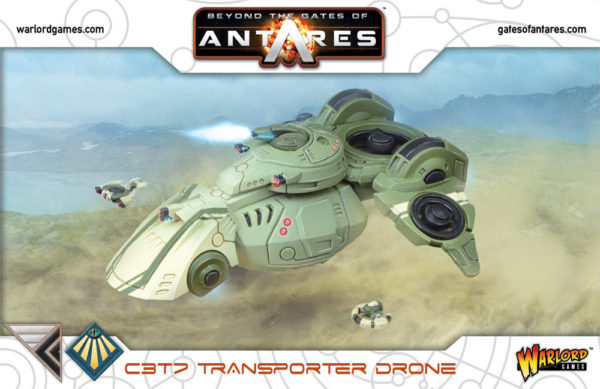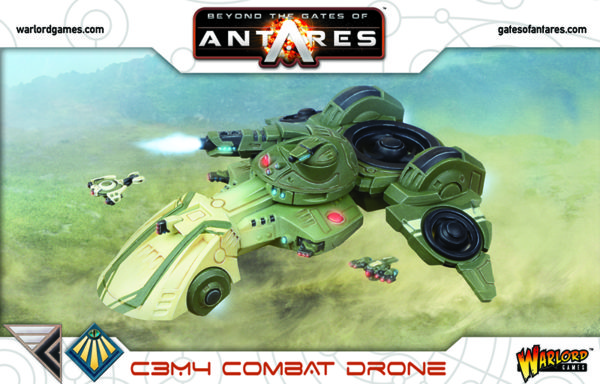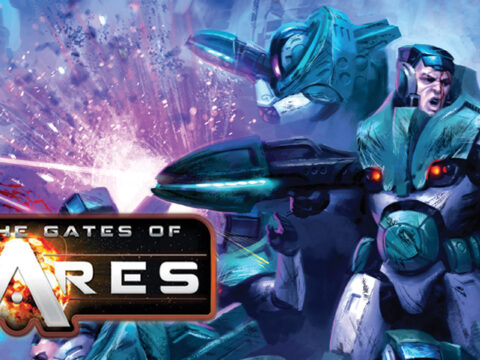Interstellar travel in Beyond the Gates of Antares, part I
By Tim Bancroft
This is an Beyond the Gates of Antares story intro.
Interstellar travel using the gates of Antares is both fascinating and dangerous. The sentience that is the Antares transdimensional engine tickles the imagination of any vaguely curious citizen of the PanHuman Concord. The simple fact is that anyone can board a starship at their local orbital and, within weeks, be tens of thousands of light years away – and perhaps tens of thousands of years in the past, as well.
If an individual has an adventurous outlook the IMTel will happily feed the individual’s curiosity and encourage such a trip. After all, anyone brave enough to face the surface temperature of an altered, giant star and travel at noticeable fractions of the speed of light is someone who may be of particular use to the Concord, its Mandarins and the pan-galactic nanosphere that comprises the machine intelligence that is IMTel.
To answer questions about what such interstellar travel entails, it may be worth following one such traveller as he satisfies his curiosity and uses such a means of travel. In our case, the subject is Dorun Metarl, a young man on his first trip through the Antares nexus from his home system of Salah to a neighbouring system, Neyala. Both stars are deep in the heart of Concord territory, so are safe worlds from which star travel is, perhaps, the most risky endeavour a young citizen can undergo.

Salah is a G5 star with an average quota of rocky and dwarf planets as well as a trio of gas giants. One of the planets, Salah III, sits in the star’s goldilocks zone and is a delightful paradise. Dorun lives on a large orbital lying in Salah III’s L6 Lagrange point as it orbits its host.
Dorun grew up being fascinated by Antares, learning all he could about the ancient machine. In the Salah system, Antares can be seen around lying at -11° to the plane of the ecliptic. Like everywhere else in the galaxy, Antares appears to be red giant sitting around 550 light years from Salah and approximately 800 times the size of Salah itself.
The facts, however, are very different. Antares is 258 standard astronomical units (SAU) in circumference and roughly 41 SAU in radius, more than ten times larger than its apparent size suggests. In getting to grips of interstellar sizes, Dorun automatically uses the ancient term ‘SAU’, though he is aware the fact that an SAU is thought to be based on the orbit of one of the original planets of humanity. Indeed, the IMTel encourages the use of that and other terms that bring stellar measurements into the grasp of human understanding.
Dorun packs everything he needs into a small compression case, knowing that what he does not take can be quickly fabricated by the fabricators aboard the ship. Before boarding his passenger liner, he stares at it from one of the orbital’s viewing chambers: the liner is a brick-like slab around 5km long by a kilometre high and 1.5 kilometres wide, though surface features and docked vessels make it resemble a heavily cratered asteroid.
The liner is dual purpose, having both a permanent citizenry and crew as well as a little cargo and passengers on holiday. Its name is displayed clearly along its flanks in hundred-metre high lettering: The Holiday of a Lifetime. Dorun cannot help but be amused by the ship’s primary AI demonstrating a sense of humour.
Dorun boards via an orbital transmat, just like everyone else. It has to be one of the more powerful orbital transmat stations as neither the ship nor the orbital wish to be too close to each other. Once on board the Holiday, he has to be guided by the IMTel to his ‘cabin’. Despite the 1.5 million passengers, residents and crew on board, his cabin is a spacious apartment with plenty of storage space: after all, compression fields keep everything out of the way until it is needed.
But Dorun does not sit in his apartment and makes his way to one of the forward observation lounges. There are not as many here as might be thought: there are still those who feel that accelerations of 160G and cruising velocities of SOL 10 (1/10th of the speed of light) are dangerous. But our adventurous youngster is confident in the proven capabilities of the liner’s gravitic annihilation drive and the bubble of protection it projects around the ship. Further, the IMTel’s insistence that such liners do not exceed SOL 10 in-system means that the GAD field is barely stressed and the kinetic shields can easily cope with almost any stray particle they may encounter.
The ship kindly announces they are on their way – a necessity as acceleration is an anticlimax, the ship reaching its full capability within moments and with no one feeling any change in the gravity onboard. This is because the GA field is deliberately misaligned to project a single gravity perpendicular to the liners deck alignment, a common feature on all human vessels.
The liners course takes it slightly below the plane of ecliptic to avoid the crowded inner system. Dorun has to ask the ship to point out the other planets as they pass through their orbits, the ship reaching its maximum permitted velocity in a little over five hours. The ship will cruise at this velocity for the best part of two days as the gate horizon is just under 36 SAU away from the Salah primary. Further, before entering the gate it has to decelerate to the Gate Transition Velocity, the speed at which an Antarean gate will permit a ship to enter the trans-dimensional tunnel that transports the ship to Antares itself. Compared with the ship’s cruising velocity of SOL 10, and top intra-system velocity of SOL 13.6, the maximum Gate Transition Velocity of SOL Decimal Zero One (SOL 0.01, or 1/10,000 the speed of light) seems pedestrian though is still almost 108 thousand kilometres per hour.
Dorun’s ship will enter the gate at approximately SOL Decimal Zero Zero One, both for safety purposes and to ensure its passengers get the best view of a transition into an Antarean tunnel. The ship sends the entry key and the gate appears, a void of dark in the background of stars. The gate pulls the ship into the tunnel and the stars are replaced by a bright sheath of swirling and coiling colours and light around the ship: the inside of the tunnel itself. The Salah tunnel is short, only around 30 hours long, but there is little to see other than become mesmerised by the ever-shifting patterns and light. Dorun has little to see or do but make use of the many entertainments onboard – it is a liner, after all.
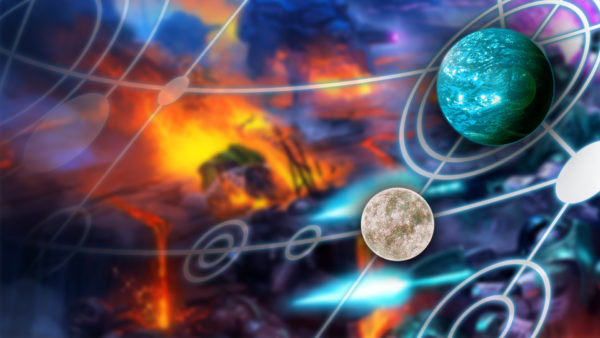 Dorun is once more in the viewing lounge when the ship exits the tunnel onto the surface of Antares. The transition is sudden: from the chaotic swirl of colours and light in the tunnel to the orange, yellow and white of the surface of Antares. Immediately after exit, the ship accelerates to the maximum safe, Antarean surface velocity, also SOL Decimal One, and Dorun thinks he can see the plasma flows as the wash around the ship, kept at bay by the GA fields and heat shields. The temperature outside is somewhere around 3,000°, slightly cooler than might be expected of a real star the same size that Antares seems to be, but the surface gravity of the star-cum-machine that is Antares is less than a thousandth of a single gravity.
Dorun is once more in the viewing lounge when the ship exits the tunnel onto the surface of Antares. The transition is sudden: from the chaotic swirl of colours and light in the tunnel to the orange, yellow and white of the surface of Antares. Immediately after exit, the ship accelerates to the maximum safe, Antarean surface velocity, also SOL Decimal One, and Dorun thinks he can see the plasma flows as the wash around the ship, kept at bay by the GA fields and heat shields. The temperature outside is somewhere around 3,000°, slightly cooler than might be expected of a real star the same size that Antares seems to be, but the surface gravity of the star-cum-machine that is Antares is less than a thousandth of a single gravity.
For Dorun, this is where things become interesting. He has been travelling for almost 85 hours in real time, though the time dilation effects of the trip to the gate horizon meant it was around 18 minutes less for him. Within the Antarean Nexus, however, time is slowed considerably: for each hour Dorun travels towards the Neyala gate, 11.4 hours will have passed in his home system. Neyala is an average Antarean surface distance away, or 14 million kilometres, so the journey will take only thirteen hours from Dorun’s perspective. In Salah, however, over six days will pass for these thirteen hours and on his return, Dorun will have missed several more weeks worth of news than he might expect.
The same is true between all 2.4 million gates currently on the surface of Antares. Ships travelling between gates on Antares’ surface may seem to have a journey of a few days to a nearby system, but will find that a round trip has taken several months or so. The deeper a ship travels beneath the surface of Antares, the more this becomes a problem: not only are gates further apart but some scientists believe the time dilation effect may get even worse. However, travel to the depths is necessary as there are another 3 million gates in the strange, extended photosphere that is the warped, Antarean star-machine.
Dorun’s journey continues when The Holiday enters the Nayala gate, and he is once more in the forward lounge to watch the transition. There are fewer watching, now, as many were disappointed with the lack of drama on the original gate transitions. The tunnel to Nayala has a long transit time of around three days (just over 70 hours). Luckily for Dorun, there is plenty of space, learning and entertainment opportunities and he takes advantage of them all.
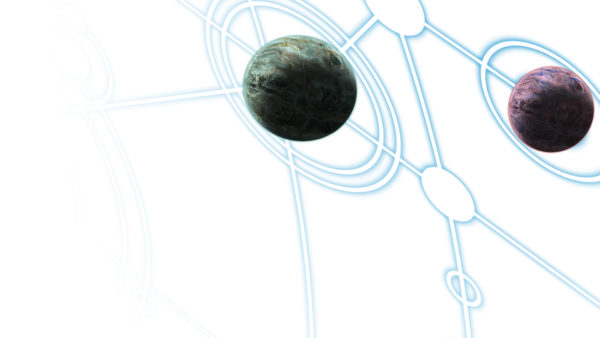
Once again, Dorun is in the observation lounge when the liner exits the Nayala system-side gate. Like other, he marvels at the different constellations in the stars around him and has the ship throw up information on each planet as they pass its orbit. The trip from the Gate Horizon to Nayala II, the habitable planet, takes just over 50 hours with the ship conforming to the IMTel’s strict safety limits.
It scarcely matters whether or not Dorun disembarks at Nayala II or not as he has taken his first giant step into the universe: he is around 6,700 light years away from his home on Salah, and can only see his home star through an orbital telescope. His total travel time has been around 217 hours, or about nine days, as compared with the thousands of years the trip would have taken in real space. However, despite the nine days travel time Dorun experienced, over two weeks have elapsed on Salah. Normally, this would not be of concern to anyone, but Dorun intends to return to his homeworld and, when he does so, it will be as if he has travelled ten days into the future.
His return this far inside Concord space is as uneventful as his outward journey. For now, though, the IMTel remains patient, waiting to see if Dorun’s wanderlust has been satisfied. If he takes to the time-lapse and the strange nature of interstellar travel, the IMTel may even recommend he tries out as an interstellar crewman, perhaps an explorer or even train to be a trooper in the elite defensive force that is the Concord Combined Command. Dorun’s vacation on the The Holiday of a Lifetime may well lead to a new life.
But only time – and the IMTel – will tell.
Tim Bancroft runs the Freeborn Shard podcast, is also the first Antares Gate Builder and has just finished a novel based in the universe of Beyond the Gates of Antares (due out 2017).
Follow Tim on his Blog at: timbancroft.me.uk.
Listen to the Freeborn Shard at: https://soundcloud.com/the-freeborn-shard.
Do you have an article within you? Are you itching to show your collection to the world of Bolt Action? Then drop us a line with a couple of pictures over on our Facebook page or share with all over at the Warlord Forum
Explore the Gates of Antares with these Concord drones:
